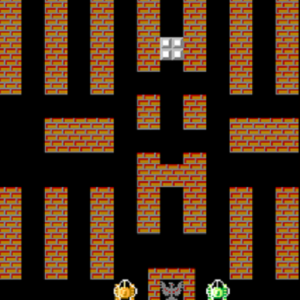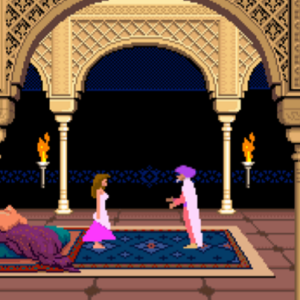Similiar games
Tetris: The Quintessential Tile-Matching Challenge
Tetris, a seminal tile-matching game, captures the essence of strategy and spatial awareness as players rotate and position falling shapes, known as Tetriminos, to create complete lines and score points. Each piece, composed of four blocks in distinct configurations, must be meticulously placed to maximize space and prevent a stack-up at the top of the playing field. The game’s simplicity is deceptive, as strategic placement of these pieces becomes crucial under the pressure of increasing speeds.
Cognitive Reflexes and Tactical Placement
The game intensifies as Tetriminos fall at an ever-quickening pace, requiring players to make split-second decisions on placement and rotation. This not only tests reflexes but also sharpens cognitive abilities, as foreseeing possible placements and outcomes becomes a mental exercise. The challenge lies in using a limited area efficiently, especially as the available real estate shrinks with each misplaced or suboptimally placed block. Mastery involves not just reacting to the current piece but planning for future ones, a skill that separates novice players from adept strategists.
A Cultural and Competitive Staple
Beyond its role as a brain teaser, Tetris has permeated the cultural fabric as a beloved and widely recognized game across generations. It transcends age and skill level, offering a universally challenging and rewarding experience to all who play. The game’s enduring popularity has established it not just as a leisure activity but as a competitive sport, with tournaments celebrating speed and strategic mastery. Tetris’s appeal is in its purity and the intrinsic human desire to create order out of chaos, making it endlessly engaging and perpetually relevant in the gaming world.




















